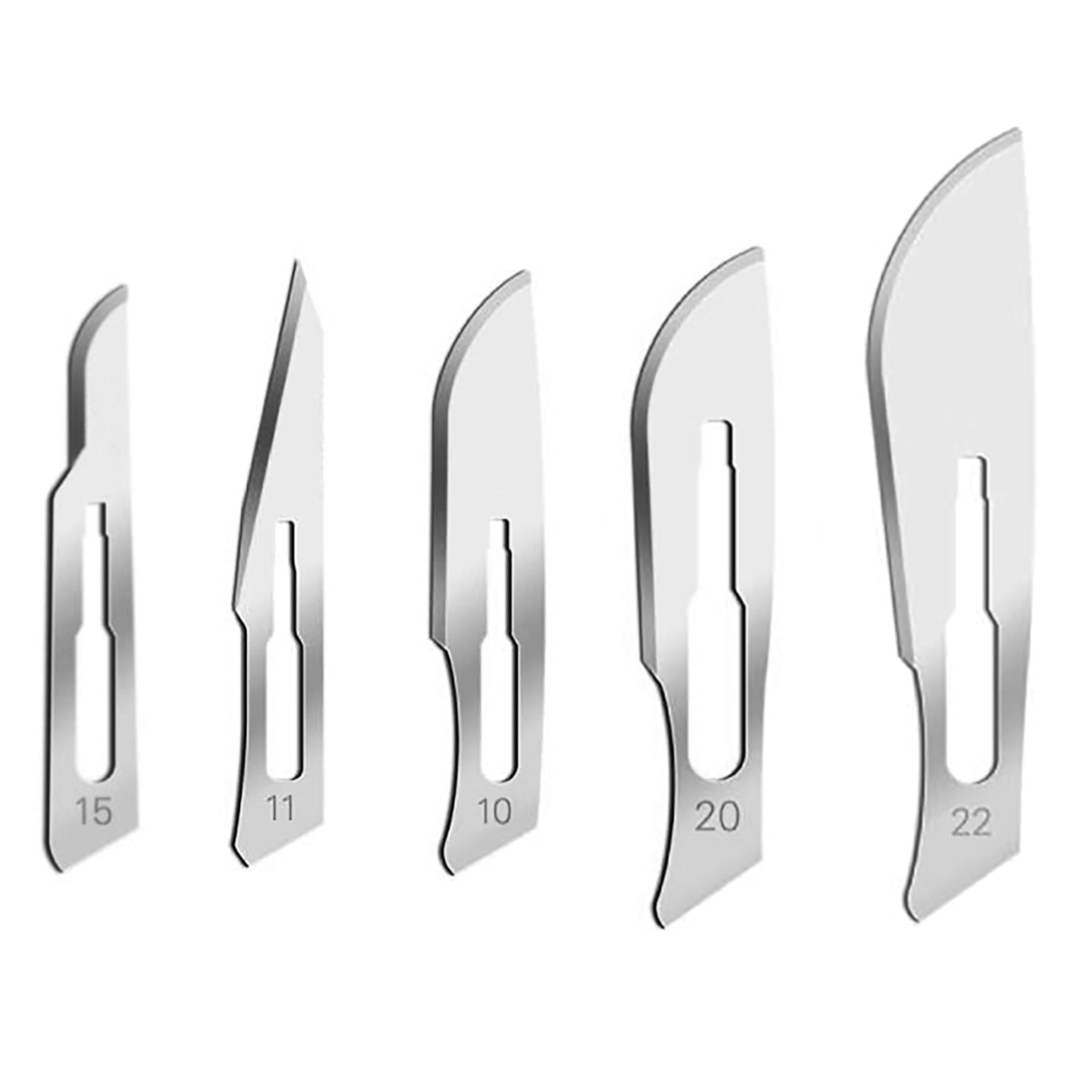Surgical blades have undergone a remarkable evolution throughout history, from crude instruments used by ancient civilizations to the sophisticated tools employed in modern medicine. This journey of innovation reflects the relentless pursuit of precision, safety, and efficiency in surgical practices. In this comprehensive exploration, we delve into the fascinating evolution of surgical blades, tracing their origins, milestones, and advancements that have shaped the landscape of surgery.
1. Ancient Origins: The Birth of Surgical Blades
The origins of surgical blades can be traced back thousands of years to ancient civilizations such as the Egyptians, Greeks, and Romans. Early surgical procedures were often performed using rudimentary tools made of stone, flint, or obsidian. These primitive blades were primarily used for making incisions and extracting foreign objects, laying the foundation for the development of more sophisticated surgical instruments.
2. Medieval Innovations: The Renaissance of Surgical Techniques
The Middle Ages witnessed significant advancements in surgical techniques and tools, including the refinement of surgical blades. Surgeons began using metal blades made of materials such as bronze and iron, offering greater sharpness and precision. Innovations such as the invention of the scalpel and the refinement of blade shapes and sizes paved the way for more intricate surgical procedures, marking a crucial milestone in the evolution of surgical blades.
3. Industrial Revolution: The Era of Precision Engineering
The Industrial Revolution brought about a revolution in surgical instrument manufacturing, with the introduction of mass production techniques and the use of high-quality steel alloys. This period saw the emergence of surgical blades with standardized shapes, sizes, and cutting edges, enhancing consistency and reliability in surgical procedures. The development of steam-powered machinery and automated manufacturing processes further accelerated the production of surgical blades, making them more accessible to medical professionals worldwide.
4. Modern Innovations: The Age of Technological Advancements
The 20th century witnessed unprecedented advancements in surgical blade technology, driven by innovations in materials science, manufacturing processes, and medical imaging. High-grade stainless steel alloys replaced traditional carbon steel blades, offering superior sharpness, durability, and resistance to corrosion. The advent of laser technology enabled the precise shaping and sharpening of surgical blades, leading to unprecedented levels of precision in surgical incisions.
5. Contemporary Trends: The Integration of Cutting-Edge Technologies
In recent years, surgical blade technology has continued to evolve rapidly, fueled by advancements in robotics, nanotechnology, and minimally invasive surgery. Robotic-assisted surgical systems equipped with ultra-fine blades and advanced imaging capabilities allow surgeons to perform complex procedures with enhanced precision and control. Nanotechnology has enabled the development of nano-coated blades with self-sterilizing properties, reducing the risk of infections and improving patient safety.
6. Future Prospects: The Dawn of Next-Generation Blades
Looking ahead, the future of surgical blades holds immense promise, with ongoing research focused on enhancing biocompatibility, reducing tissue trauma, and improving healing outcomes. Innovations such as biodegradable blades and smart blades equipped with sensors and actuators are poised to revolutionize surgical practices, ushering in a new era of personalized medicine and minimally invasive surgery.
Conclusion:
The evolution of Surgical Blades is a testament to human ingenuity, perseverance, and innovation in the field of medicine. From the humble origins of ancient tools to the cutting-edge technologies of the modern era, surgical blades have continually evolved to meet the evolving needs of surgeons and patients alike. By embracing innovation, embracing technological advancements, and prioritizing patient safety and outcomes, the future of surgical blades holds boundless possibilities for enhancing the art and science of surgery.












